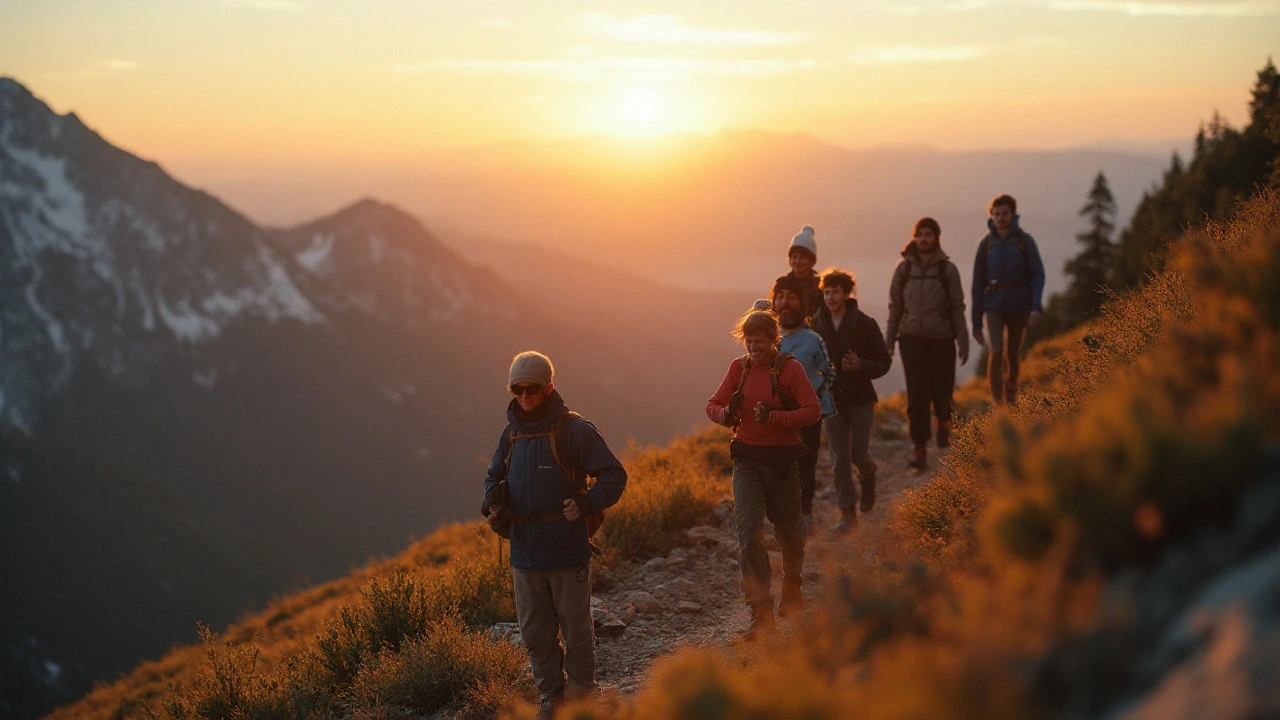AMS Prevention: Easy Steps to Stop Altitude Sickness Before It Starts
Ever felt short‑of‑breath, nauseous, or dizzy after a quick climb? That’s often Acute Mountain Sickness (AMS). It doesn’t have to ruin your adventure. The good news is you can lower the risk with a few straightforward habits.
Know the Basics and Spot Early Signs
AMS usually shows up 6‑24 hours after you go above 2,500 meters (8,200 ft). Common symptoms are headache, nausea, fatigue, and trouble sleeping. If you notice any of these, slow down and give your body a break. The earlier you act, the easier it is to prevent a full‑blown bout.
Practical Prevention Tips
Pace yourself. Aim to ascend no more than 300–500 meters (1,000–1,600 ft) per day once you’re above 2,500 meters. If you need to go higher, add a rest day for every 600 meters (2,000 ft) climbed.
Stay hydrated, but don’t overdrink. Sip water regularly – about 2–3 liters a day – and avoid alcohol or heavy caffeine. Dehydration makes symptoms worse, while excess fluids can cause swelling.
Eat light, high‑carb meals. Your body burns carbs faster at altitude, so keep meals simple: oatmeal, fruit, whole‑grain bread, and a bit of protein. Heavy, greasy foods can slow digestion and worsen nausea.
Sleep low. After a day of climbing, sleep at the lowest altitude you can. A good night’s rest lets your body recover faster than if you stay up high.
Consider medication. Acetazolamide (Diamox) is a popular prophylactic drug. A typical dose is 125 mg twice daily, starting a day before ascent and continuing for a few days up. Talk to a pharmacist or doctor to see if it’s right for you.
Use a “climb‑high, sleep‑low” strategy. If you’re feeling fine, you can do a short day hike to a higher spot, then return to a lower camp to sleep. This gentle exposure helps your body adjust without overloading it.
Listen to your body. If a headache won’t go away or you feel dizzy, descend at least 300 meters (1,000 ft) immediately. Descending is the fastest way to alleviate symptoms.
These steps fit easily into most trips, whether you’re trekking the Himalayas or doing a weekend hike in the Rockies. Remember, AMS isn’t a sign of weakness – it’s just your body reacting to less oxygen.
By planning your climb, staying hydrated, eating right, sleeping low, and using meds when needed, you give yourself the best shot at enjoying the view without the headache. Safe travels, and keep breathing easy up there!

How to Train Your Body to Resist Mountain Sickness (AMS)
Learn proven training, nutrition, and monitoring techniques to prepare your body for high altitudes and reduce the risk of acute mountain sickness.





